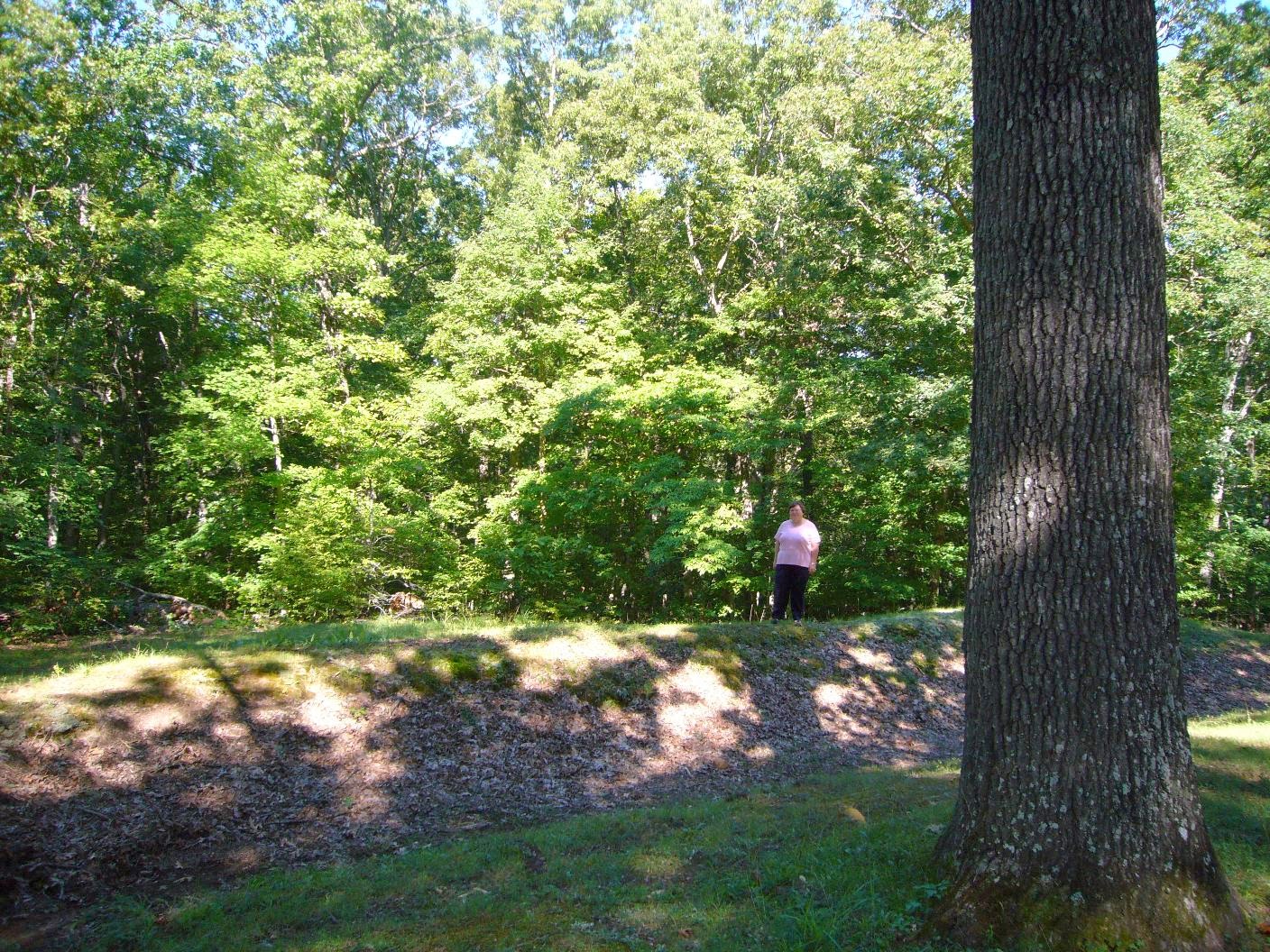According to the information published in The Descendants of Andrew Warner by Lucien C. Warner in 1919, today is the 245th anniversary of your birth. It is said that you were born in Mansfield, Connecticut, the daughter of Elisha and Druscilla Conant Hopkins and baptized Rhoda.
 |
| This map of Connecticut from www.wikipedia.org shows Tolland, County highlighted in orange and Mansfield in red. |
There was a good deal of unrest in Connecticut in 1769, as settlers began to chafe under the increasingly restrictive English rule. No written records of where your father stood at this time remain. As the father of five young children, Elisha was probably more concerned with supporting his growing family. No record has been found of a trade that your father practiced so it is assumed that he was a farmer. In the fall of 1777 he was drafted into the militia. It must have been tough on your family for your father to be away, particularly at harvest time. As the oldest of the children, did you help with the harvest or caring for the younger ones?
 |
| Williams-Salter House built about 1711 in Mansfield from Historic Buildings of Connecticut |
Was your home similar to the Williams-Salter House which remains standing today?
What did you know about your heritage? About the same number of generations separate us (you are my 4th great grandmother) as separate you from Giles Hopkins who came to Plymouth on the Mayflower. Were you aware of the Pilgrims in your background? Your mother Drucilla Conant was the great great granddaughter of Roger Conant who was arguably the first Governor of what would become Massachusetts Bay Colony.
 |
| Statue of Roger Conant founder of Salem, Massachusetts www.wikipedia.org |
There are so many questions for you. When did you marry Thomas Warner? The extended family seems to have relocated to Otsego County, New York about 1800. Thomas' father Eleazer is listed as living in Burlington in the 1800 Federal Census. Your family is living in nearby Pittsfield. Thomas died in 1833 however a will or letters of administration for his estate have not been found. Had the farm already been passed on to one of your sons?
Just wanted you to know, that we are continuing to look for clues to the rest of your story.
Love,
Cecily Cone Kelly
PS. For Family Members
Our descent from Rhoda Hopkins
Thomas and Rhoda Hopkins Warner's daughter Joanna Warner married Naaman Cone
Their son William Warner Cone married Eliza Utley;
Their son Frederick Naaman Cone married Helen Brown Newton;
Their son Charles Newton Cone married Hazel Bynon Allen,
Their son Charles Newton Cone married Betty Lorraine Werst
I am their daughter.
Love,
Cecily Cone Kelly
PS. For Family Members
Our descent from Rhoda Hopkins
Thomas and Rhoda Hopkins Warner's daughter Joanna Warner married Naaman Cone
Their son William Warner Cone married Eliza Utley;
Their son Frederick Naaman Cone married Helen Brown Newton;
Their son Charles Newton Cone married Hazel Bynon Allen,
Their son Charles Newton Cone married Betty Lorraine Werst
I am their daughter.

















